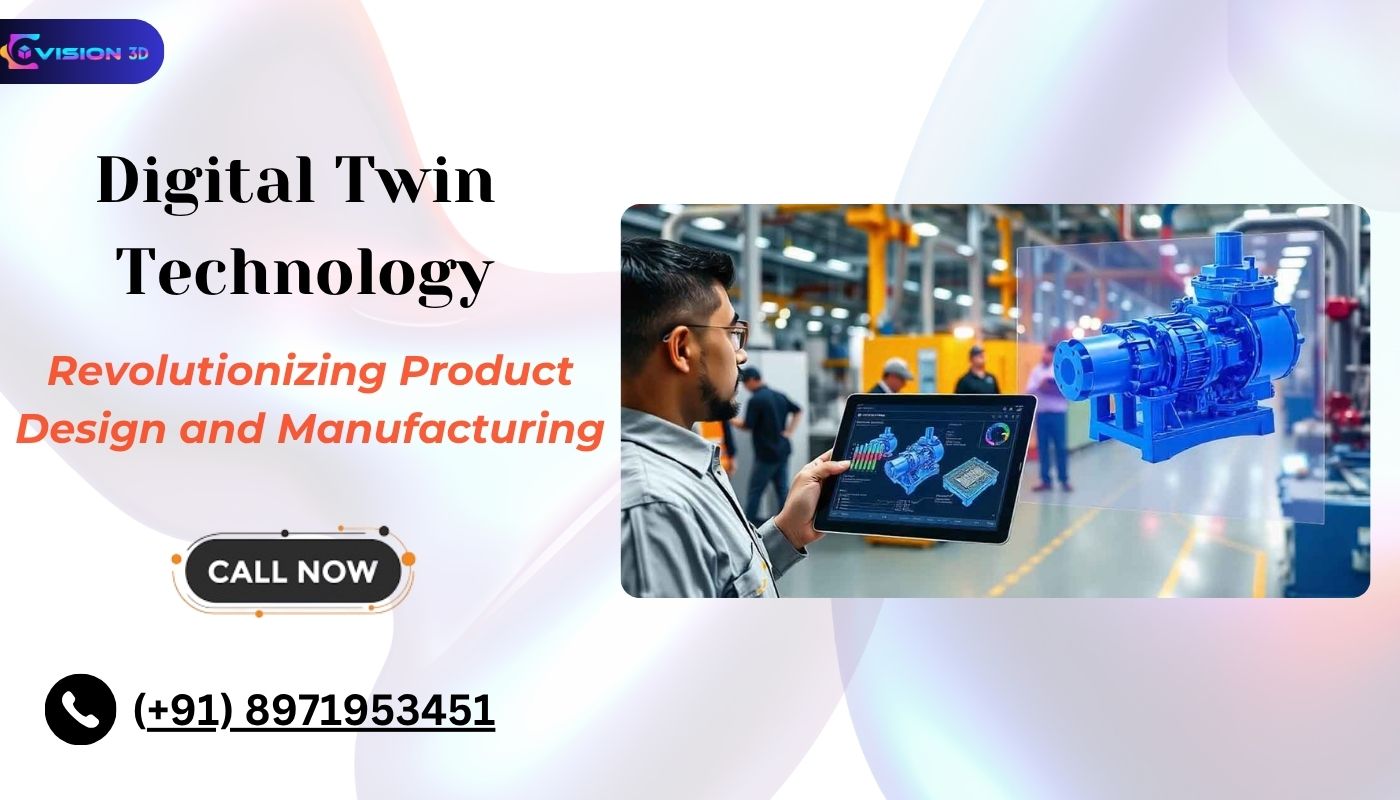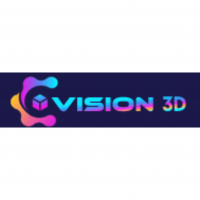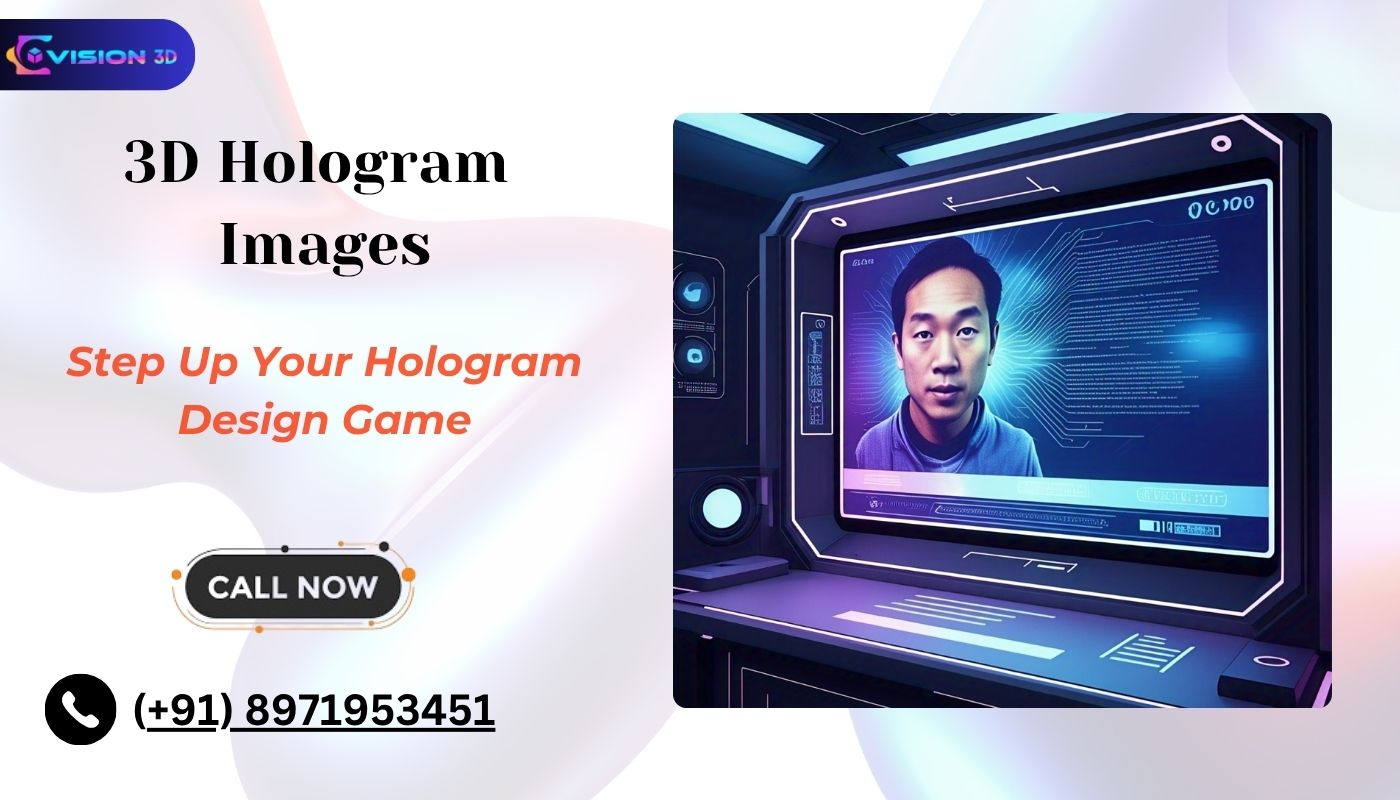Digital Twin Technology: Revolutionizing Product Design and Manufacturing.

With the onset of 2025, digital twins have become the technological fulcrum, securing a vantage position and widening the possibilities of industrial product designing and manufacturing, leveraging real-time data, artificial intelligence, and the internet of things (IoT). This technology creates a virtual reflection of an actual physical entity, system, or process, enabling businesses to simulate, optimize, and innovate without disturbing working operations. The latest process allows manufacturers to produce visual representations of their offerings and test and improve on these at a much faster rate than ever before, bringing quick innovation and high-quality standards.
What Is Digital Twin Technology?
Digital twin technology bridges the gap between the physical and digital worlds. It creates a dynamic, virtual model using sensor and real-time analytics data to show the physical asset status, performance, and behavior. This digital representation facilitates engineers and designers with monitoring and analyzing to improve products throughout the whole lifecycle of design, manufacture, and deployment, and sometimes further enhancements with feedback from real-world applications.
Transforming Product Design
Digital twins are being used to enhance the process of designing and modeling products by functioning as a test area for having some options of experimenting with and optimizing various trials. Designers are able to test different configurations, materials, and scenarios by using a digital twin prior to any physical prototyping. This validation process helps in minimizing errors, saving time, and cutting down costs. Teams can visualize how products will perform under real-world conditions, foresee problems that might arise, and take data-based action to resolve them in the earlier stages of design.
With the advent of virtual reality software synced with digital twin systems, the synergy is amplified; with the aid of a 3D environment, a user can immerse oneself in design interaction so that design flaws can be proactively identified while promoting collaboration with other colleagues in geographically different locations.
Optimizing Manufacturing Operations
In manufacturing, digital twin technology enables real-time monitoring, predictive maintenance, and optimization of processes. Digital twins are utilized within factories to simulate production lines, and secondly, checking the status of various machines and processes is the most efficient method to change the workflow. It helps operators detect inefficiencies, shrink their downtime, and maximize their efficiency.
One of the major advantages is predictive maintenance. Digital twins assist in analyzing the data coming from various sensors and predict failures of machinery before their actual occurrence, thus helping in the reduction of downtime and obsolete maintenance costs. Another one would be for manufacturing scenarios or for performing what-if simulations, adjusting production rates, or new machinery without disrupting the real operations.
Enhancing Visualization with Hologram Scanners and Holographic Glasses
This unique pairing wells up as an inspiration to visualization. On the other hand, hologram scanners churn real-world data into accurate 3D representations amenable to projection as interactive holograms. Engineers or technicians can then slip on holographic glasses that allow them to view such models within the real space, providing direct interaction and instruction for assembly or maintenance.
By facilitating the review of designs, presenting concepts to clients, and solving complex engineering problems through collaboration, these immersive tools deliver greater utility. With real-time data updates from the digital twin, the holographic model retains its currency, greatly aiding decision-making for expedited innovation.
Key Benefits and Future Outlook
Faster Innovation: Digital twins allow engaging in quick prototyping and testing, hence cutting the time to market for new products.
Cost Savings: Predictive maintenance and optimization work to cut down on operational costs.
Improved Quality: Monitoring and simulation in real-time help keep and maintain high-quality standards over the product life cycle.
Enhanced Collaboration: Virtual reality, hologram scanners, and holographic glasses are catalysts for teamwork and collaboration from a distance.
Sustainability: Digital twins allow for optimization of scarce resources and minimization of waste, thus abiding by sustainable manufacturing.
Conclusion
Digital twin technology is a leading-edge genomic change in the product design and manufacturing domain by offering real-time insights, immersive visualization, office capabilities, and predictive analytics. As more and more industries start employing virtual reality, hologram scanners, and holographic glasses, new vistas will open forth to combine efficiency, creativity, and competitiveness. Hence, modern industries that choose to embrace an ideology of digital twin today will produce products for tomorrow, which are smarter, more resilient, and more innovative.
Note: IndiBlogHub features both user-submitted and editorial content. We do not verify third-party contributions. Read our Disclaimer and Privacy Policyfor details.







